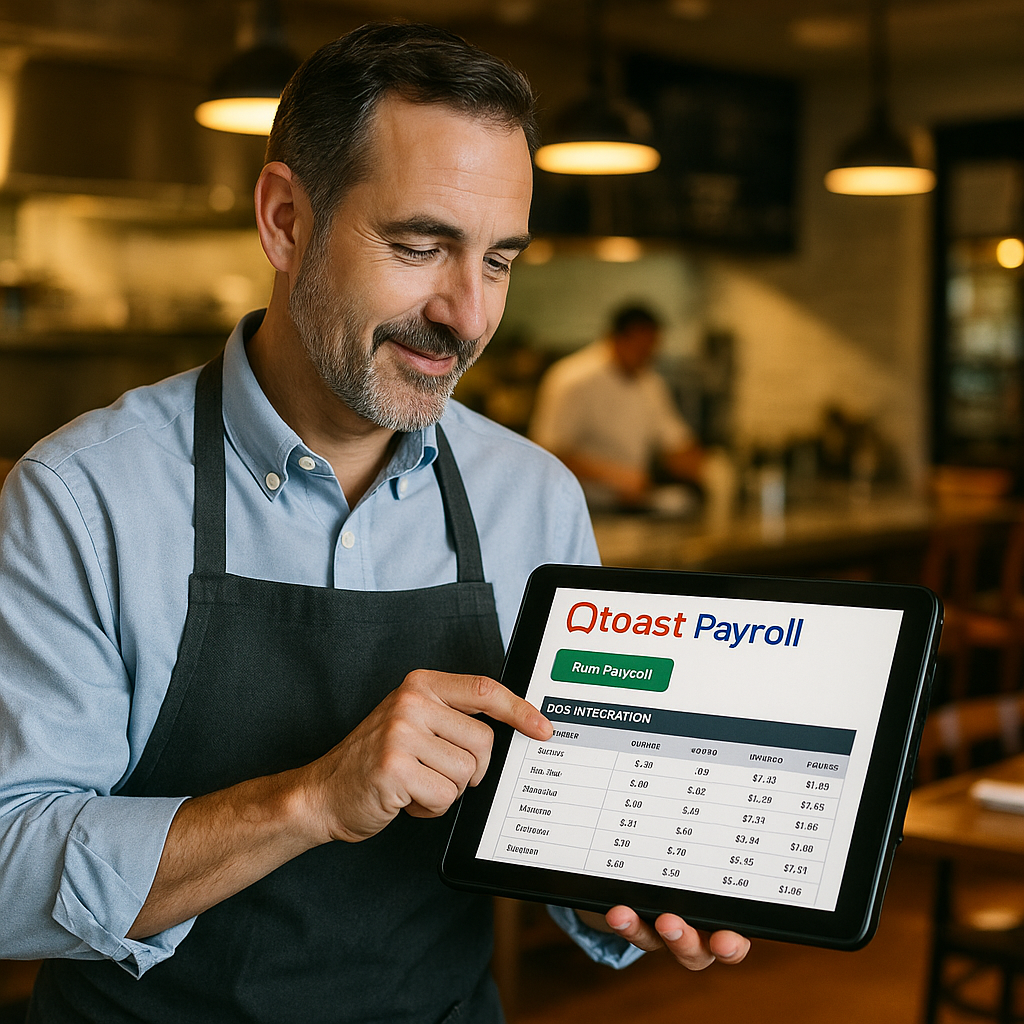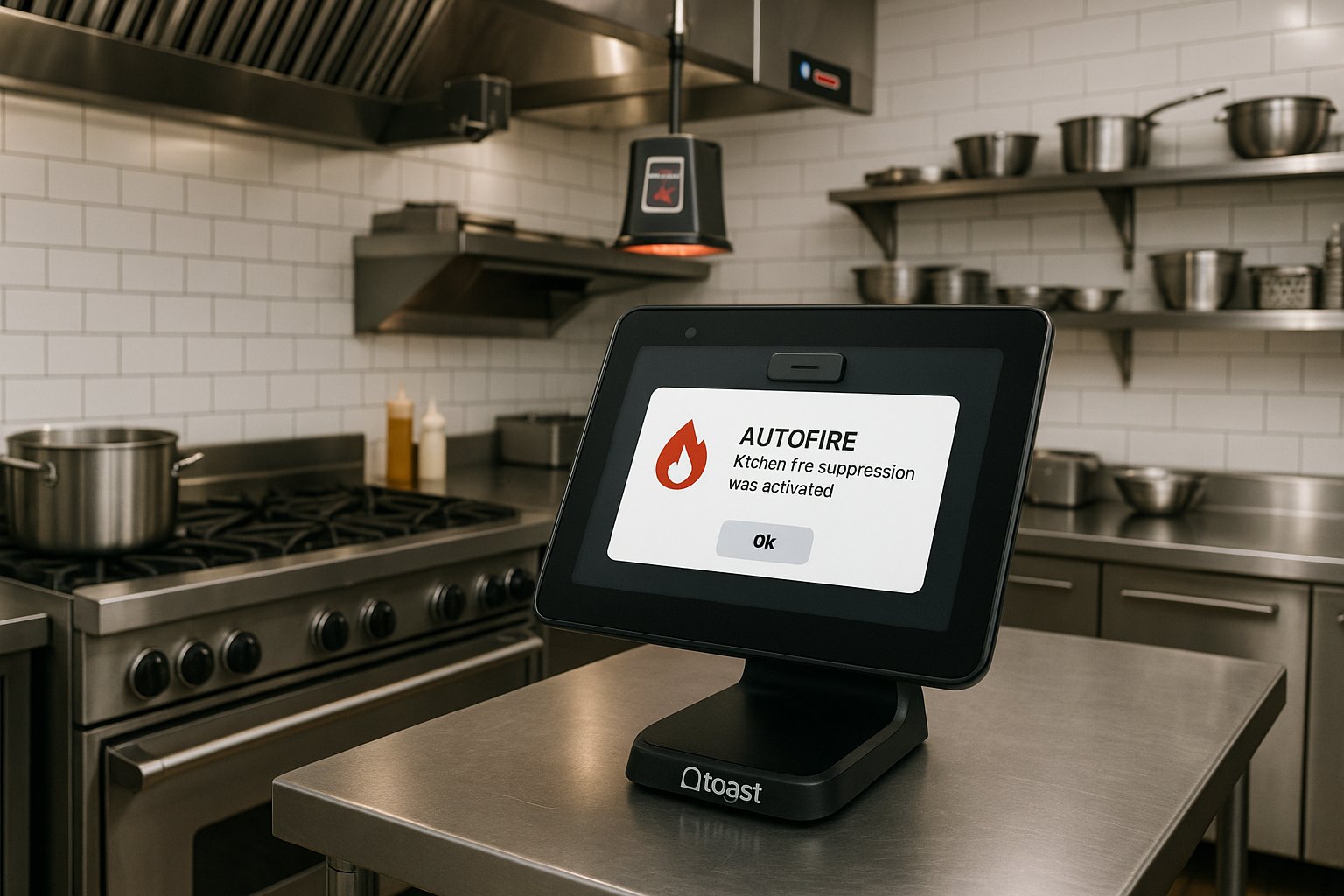Understanding the Basics of Toast Handhelds
Introduction
Toast handhelds have revolutionized the way restaurants manage their operations, providing a seamless interface for staff to take orders and process payments on the go. These devices are designed to enhance efficiency and improve customer service, making them an invaluable tool for any restaurant looking to modernize its operations. Understanding the fundamental features and capabilities of Toast handhelds is the first step towards effective use.
The handhelds are built with user-friendly interfaces that simplify the ordering process. Staff can easily access the menu, customize orders, and apply discounts, all while maintaining eye contact with customers. This not only speeds up service but also reduces errors that may occur with traditional methods of order taking. Familiarizing staff with these basic functions lays a solid foundation for more advanced functionalities.
In addition, the integration of Toast handhelds with the broader Toast POS system allows for real-time data synchronization. This ensures that inventory levels are updated instantly, and sales reports reflect accurate information. As staff become adept at using the handhelds, they can leverage these systems to increase table turnover and enhance guest experiences.
Navigating the User Interface Effectively
Toast handhelds feature a clean, intuitive user interface that minimizes the learning curve for new employees. Training staff to navigate this interface efficiently can significantly impact the speed and accuracy of service. The interface usually consists of large buttons, clear menu categories, and visual prompts that guide staff through the order-taking process.
By focusing training on the main features of the UI, such as how to quickly access menu items and input modifications, restaurants can empower their teams to take orders confidently. It’s beneficial to conduct hands-on training sessions where employees can practice using the handhelds in a simulated environment. This approach helps them become familiar with the device and reduces anxiety when they start using it in real customer interactions.
Moreover, utilizing role-playing scenarios can be a valuable training technique. By allowing staff to experience various customer interactions, they can practice navigating the user interface under different situations, thus enhancing their proficiency with the Toast handhelds.
Key Features and Functionalities to Explore
Toast handhelds come equipped with a variety of features designed to streamline operations in the restaurant environment. One of the standout functionalities is the ability to process payments directly at the table. This not only expedites the payment process but also allows for a more personalized customer experience, as guests can settle their bills without waiting for a server to return with a check.
Another vital feature is the ability to access real-time menu updates. When an item runs out or a new dish is added, staff can adjust orders accordingly without delays. Training employees to utilize these features effectively can lead to improved customer satisfaction and operational efficiency.
Additionally, data analytics are a crucial element of the Toast handheld system. Staff can track their sales performance and understand which menu items are most popular. Encouraging staff to engage with these analytics during training can foster a sense of ownership and accountability, motivating them to enhance their service delivery.
Best Practices for Training and Implementation
Implementing a comprehensive training program for Toast handhelds is essential for maximizing their potential within a restaurant. Best practices include developing a structured training schedule that combines theoretical knowledge with practical application. Training sessions should gradually introduce employees to the handhelds, starting with basic functionalities and progressing to advanced features.
Incorporating feedback from employees who have completed training can help refine the process. Regularly updating training materials and sessions will ensure that all staff members remain informed about any new features or updates to the system. This approach promotes continuous learning and adaptability in a fast-paced environment.
Lastly, fostering a culture of support and open communication is vital. Encouraging staff to ask questions and share tips can create an environment where everyone feels empowered to use the handhelds effectively. This collaborative approach not only enhances individual performance but also contributes to a more cohesive team dynamic.
Conclusion
Toast handhelds represent a significant advancement in restaurant technology, offering numerous features that can enhance service delivery and operational efficiency. By investing in thorough training that covers the basics to advanced functionalities, restaurants can ensure their staff are well-equipped to leverage these tools effectively. Emphasizing continuous learning and support will ultimately lead to greater success in implementing Toast handhelds into everyday operations.


